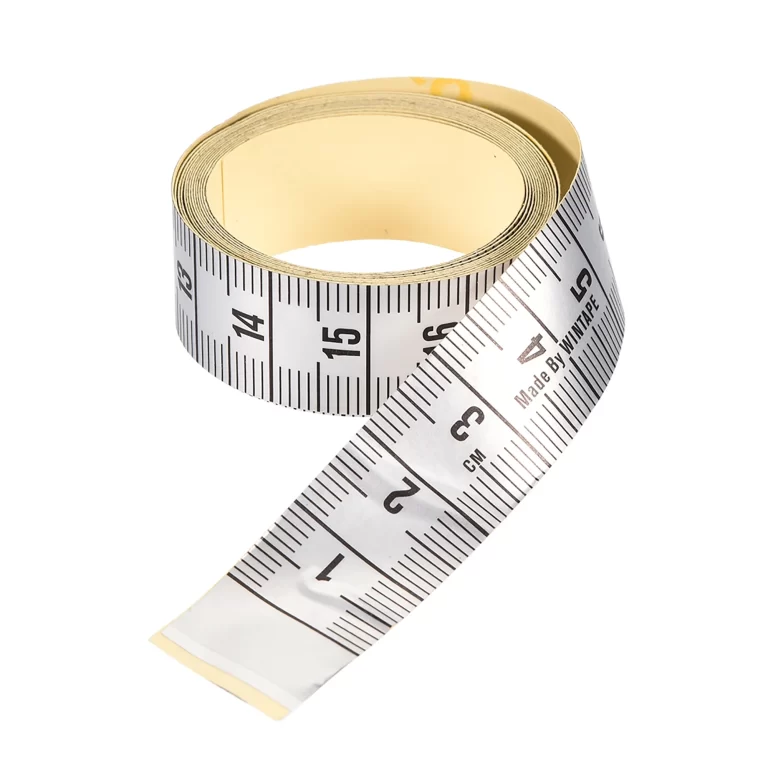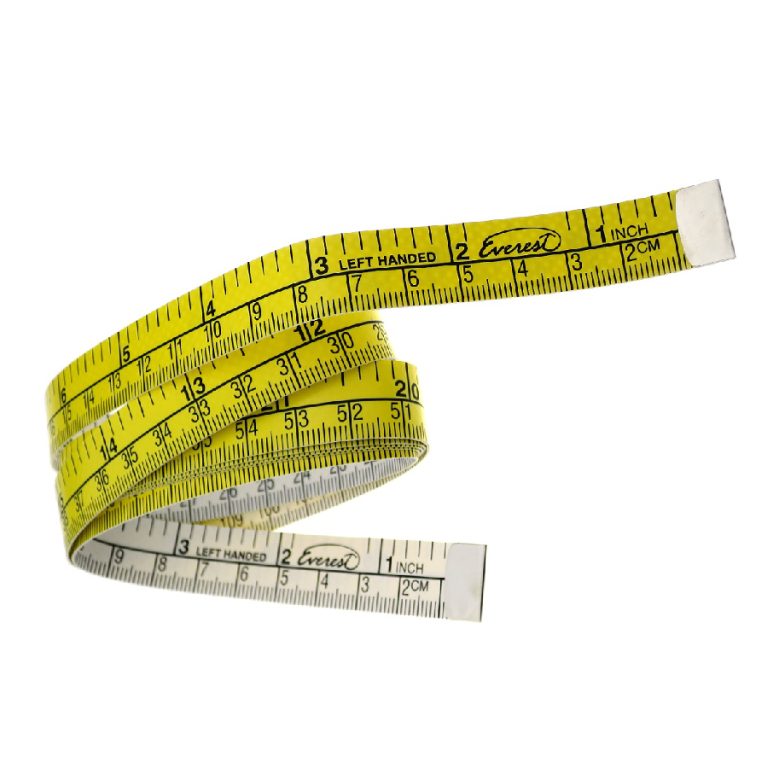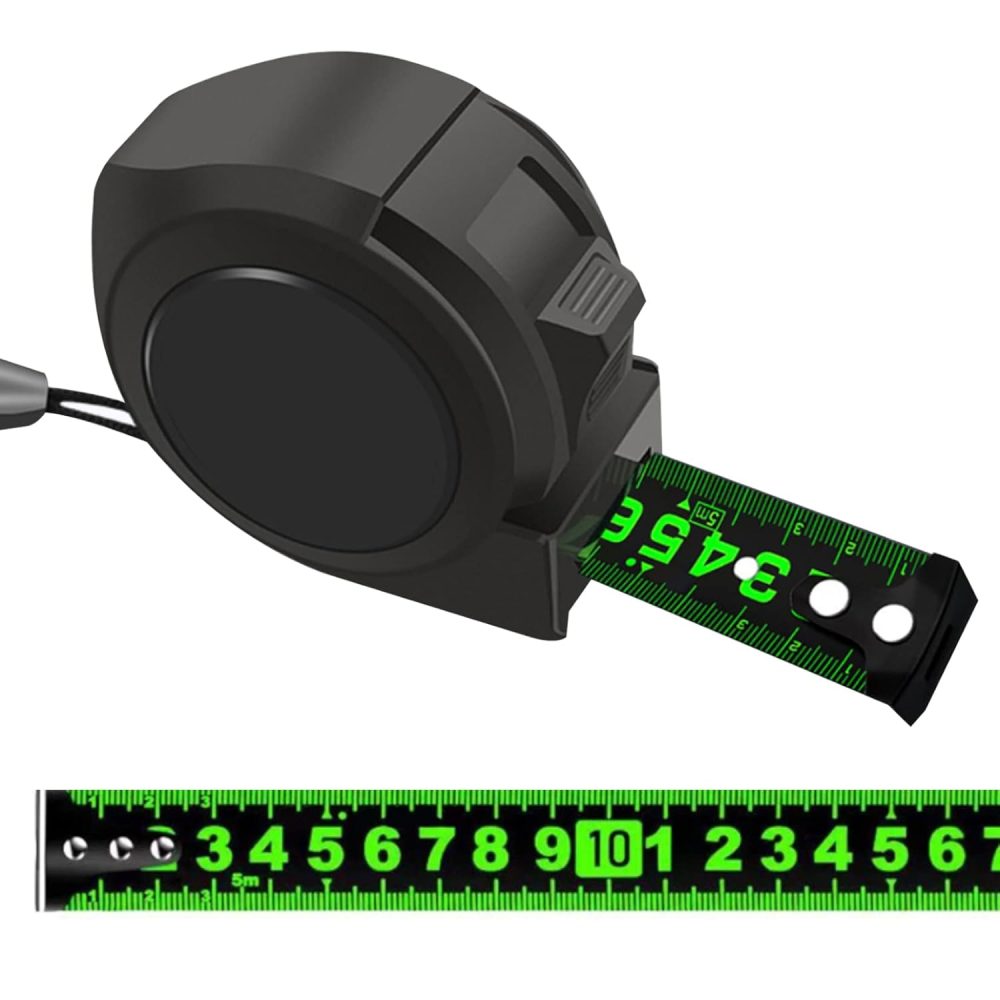
Tape Measure Test: How to Ensure Accuracy and Reliability
When it comes to precise measurements in various projects, whether in construction, tailoring, or DIY crafts, the reliability of your tools is crucial. One essential tool that frequently undergoes scrutiny is the tape measure test. This article delves into the intricacies of testing tape measures, ensuring you select a tool that meets your accuracy and durability needs. By understanding how to effectively test a tape measure, you can enhance the precision and efficiency of your projects.
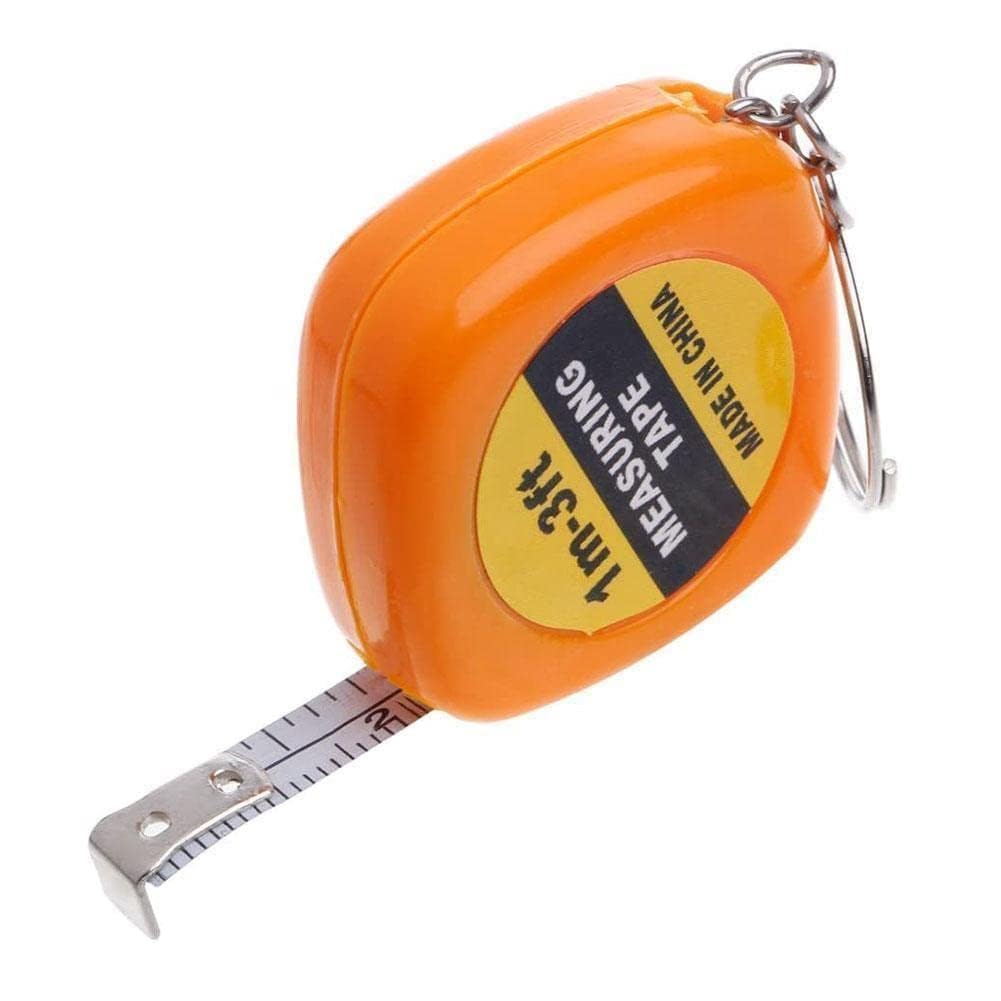 Importance of Performing a Tape Measure Test
Importance of Performing a Tape Measure Test
Ensuring the accuracy of a tape measure before use is vital. A tape measure test helps identify any discrepancies or defects that could lead to measurement errors. Whether you are a professional contractor or a home DIY enthusiast, accurate measurements are the foundation of quality work. Moreover, regular testing of your tape measure can extend its lifespan and maintain its functionality over time.
Enhancing Project Accuracy
Accurate measurements are non-negotiable in any project. A failed measurement can result in wasted materials, increased costs, and compromised project integrity. For instance, in tailoring, an incorrect measurement can lead to ill-fitting garments, while in construction, it can cause structural issues. Therefore, conducting a tape measure test ensures that the tool you rely on delivers precise measurements consistently.
Ensuring Tool Longevity
Regular testing not only guarantees accuracy but also helps in maintaining the tape measure’s condition. By identifying wear and tear early, you can take necessary steps to repair or replace the tool, preventing further damage. This proactive approach ensures that your tape measure remains a reliable companion in all your measurement tasks.
Key Criteria in a Test
When performing a tape measure test, several factors come into play. Evaluating these criteria ensures that the tape measure you choose is both accurate and durable.
Accuracy and Precision
The foremost aspect of a tape measure test is assessing its accuracy. A tape measure should provide consistent and precise measurements without any deviations. To test accuracy, compare the tape measure’s readings against a standard measuring tool, such as a steel ruler or a calibrated gauge. Any significant discrepancies indicate a flaw in the tape measure’s reliability.
Durability and Build Quality
A durable tape measure can withstand the rigors of frequent use without compromising its functionality. During the tape measure test, examine the build quality, including the casing, locking mechanism, and the tape material itself. High-quality materials and sturdy construction contribute to the longevity of the tape measure, making it a worthy investment.
Flexibility and Ease of Use
Flexibility is another crucial factor, especially if you frequently measure irregular or curved surfaces. A flexible tape measure ensures smooth and accurate measurements in various scenarios. Additionally, ease of use, such as the retractability of the tape and the comfort of the grip, plays a significant role in enhancing the overall user experience.
Visibility of Markings
Clear and easily readable markings are essential for accurate measurements. During the tape measure test, assess the visibility and durability of the measurement markings. Faded or poorly printed markings can lead to confusion and errors, undermining the tape measure’s effectiveness.
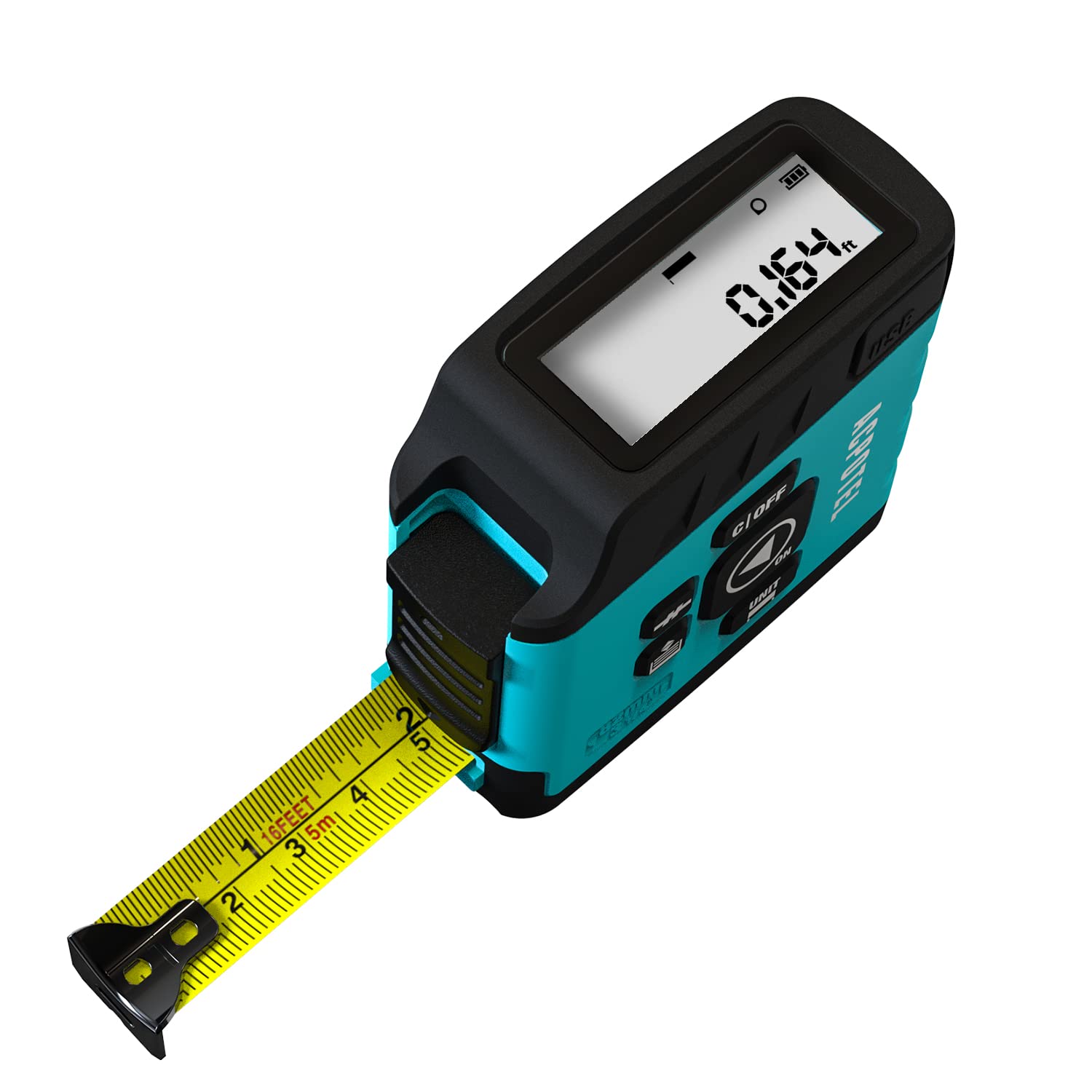 Step-by-Step Test Procedure
Step-by-Step Test Procedure
Conducting a thorough tape measure test involves a systematic approach. Follow these steps to ensure a comprehensive evaluation of your tape measure’s performance.
Step 1: Visual Inspection
Begin your tape measure test with a visual inspection. Check for any visible defects, such as frayed edges, bent hooks, or damaged casing. Ensure that the tape retracts smoothly without sticking or jamming. Any physical damage can compromise the tape measure’s functionality and accuracy.
Step 2: Calibration Check
Next, perform a calibration check to verify the tape measure’s accuracy. Use a calibrated ruler or a measuring tape known for its precision as a reference. Place both measuring tools side by side and measure a standard length, such as one meter or one yard. Compare the readings to identify any inconsistencies.
Step 3: Functional Testing
Functional testing involves evaluating the tape measure’s usability in real-world scenarios. Measure various objects and surfaces of different sizes and shapes to assess the tape’s flexibility and ease of use. Pay attention to how the tape responds to curves and whether it maintains its accuracy throughout the measurement process.
Step 4: Locking Mechanism Assessment
The locking mechanism is critical for maintaining a fixed measurement during use. Test the lock by extending the tape and engaging the lock at different lengths. Ensure that the lock holds securely without slipping or releasing unexpectedly. A faulty locking mechanism can lead to inaccurate measurements and frustration during use.
Step 5: Repeatability Test
To ensure consistent performance, conduct a repeatability test. Measure the same length multiple times using the tape measure and record the results. Consistent measurements indicate reliability, while varying results suggest potential issues with the tape measure’s precision.
Common Issues Identified
During a tape measure test, you might encounter several common issues that can affect the tool’s performance. Understanding these problems helps in making informed decisions about maintenance or replacement.
Inaccurate Markings
Inaccurate or inconsistent markings are a significant issue identified during tape measure tests. These inaccuracies can stem from manufacturing defects or wear and tear over time. If the markings do not align with standard measurements, the tape measure becomes unreliable for precision tasks.
Tape Curling or Kinking
A tape that curls or kinks can lead to measurement errors, especially in projects requiring straight or curved measurements. Curling can occur due to exposure to moisture, extreme temperatures, or prolonged use. Kinking, on the other hand, often results from improper handling or excessive bending of the tape.
Weak Locking Mechanism
A weak or malfunctioning locking mechanism can result in the tape measure retracting too quickly or not holding the tape in place when needed. This issue disrupts the measurement process, making it difficult to maintain consistent lengths during use.
Inconsistent Tape Retraction
Inconsistent retraction of the tape can cause accumulation of dust and debris inside the tape housing, affecting its smooth operation. If the tape retracts unevenly or sticks at certain points, it hampers the overall functionality of the tape measure.
Tips for Maintaining Tape Measure Accuracy
Maintaining the accuracy of your tape measure ensures its longevity and reliability. Here are some practical tips to keep your tape measure in top condition.
Store Properly
Proper storage is essential to prevent damage to the tape measure. Keep it in a dry, cool place away from direct sunlight and extreme temperatures. Avoid folding the tape back onto itself forcefully, as this can cause kinks and weaken the tape over time.
Clean Regularly
Regular cleaning removes dust, dirt, and debris that accumulate on the tape. Wipe the tape measure with a damp cloth after use to keep the markings clear and prevent corrosion, especially for metal tapes. Ensuring a clean tape measure maintains its readability and prevents measurement errors.
Handle with Care
Treat your tape measure with care to avoid unnecessary wear and tear. Avoid dropping it or using it as a tool to pry objects, as these actions can damage the tape and casing. Gentle handling ensures that the tape measure remains functional and accurate for a longer period.
Periodic Calibration
Periodically calibrate your tape measure to ensure it remains accurate. Use a reliable reference tool to check for discrepancies in measurements. If any inaccuracies are detected, consider recalibrating the tape measure or replacing it if recalibration is not feasible.
Comparing Different Types of Tape Measures in Tests
Different types of tape measures have unique characteristics that can impact their performance during tests. Understanding these differences helps in selecting the right type for your specific needs.
Steel Tape Measures
Steel tape measures are renowned for their durability and resistance to stretching. During a tape measure test, steel tapes often exhibit consistent accuracy and can withstand harsh conditions. However, they can be prone to rusting if not properly maintained, which can affect their longevity and readability.
Fiberglass Tape Measures
Fiberglass tape measures offer flexibility and resistance to stretching, making them ideal for precise measurements in various environments. In tape measure tests, fiberglass tapes perform well in measuring curved surfaces without losing accuracy. They are also resistant to moisture and corrosion, enhancing their durability.
Cloth Tape Measures
Cloth tape measures are lightweight and highly flexible, perfect for intricate and detailed measurements. During tests, cloth tapes excel in environments where flexibility is paramount, such as tailoring and crafting. However, they may not be as durable as steel or fiberglass tapes, requiring careful handling to prevent damage.
Digital Tape Measures
Digital tape measures incorporate electronic components to provide precise digital readings. In tape measure tests, digital tapes offer high accuracy and ease of use, especially for users who prefer digital displays over traditional markings. However, they require batteries and may be more susceptible to damage from drops or exposure to moisture.
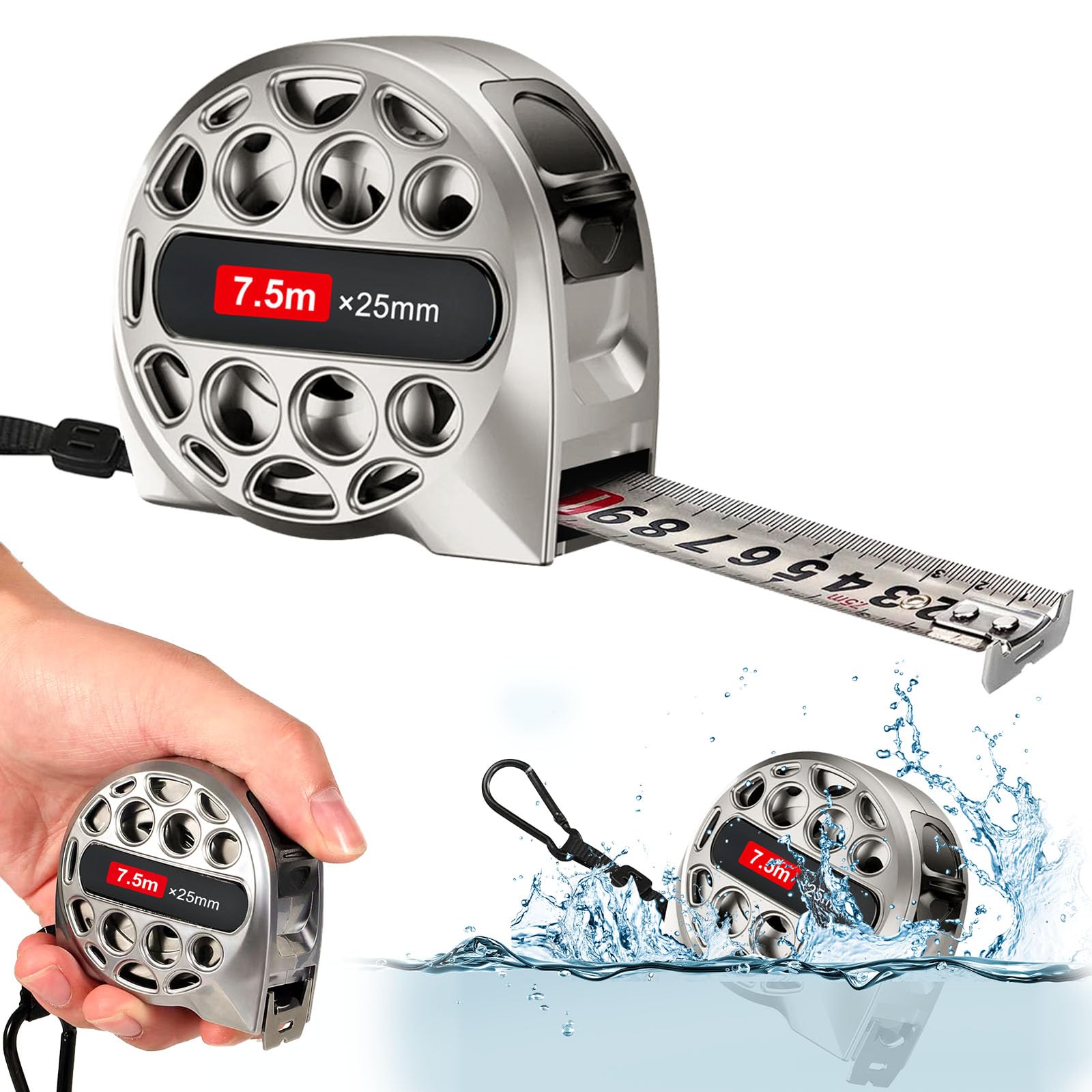 Benefits of Conducting Regular Tests
Benefits of Conducting Regular Tests
Regularly performing a tape measure test offers numerous benefits that enhance the overall quality and efficiency of your projects.
Ensuring Consistent Accuracy
Consistent accuracy is crucial for any measurement tool. Regular tests help in maintaining this consistency, ensuring that your tape measure delivers reliable measurements every time. This reliability translates to higher quality outcomes in your projects, whether you are sewing, building, or crafting.
Preventing Costly Errors
Measurement errors can lead to significant costs, especially in large-scale projects. By conducting regular tape measure tests, you can identify and rectify inaccuracies early, preventing costly mistakes and material wastage. This proactive approach saves time and resources, making your projects more efficient and economical.
Extending Tool Lifespan
Maintaining your tape measure through regular testing and proper care extends its lifespan. Identifying issues early allows for timely repairs or replacements, ensuring that your tool remains functional and reliable for years to come. A well-maintained tape measure is a valuable investment that continues to serve you effectively.
Enhancing User Confidence
Using a tape measure that you have tested and verified boosts your confidence in its performance. Knowing that your measurements are accurate allows you to focus on your work without the worry of errors. This confidence enhances your overall productivity and the quality of your projects.
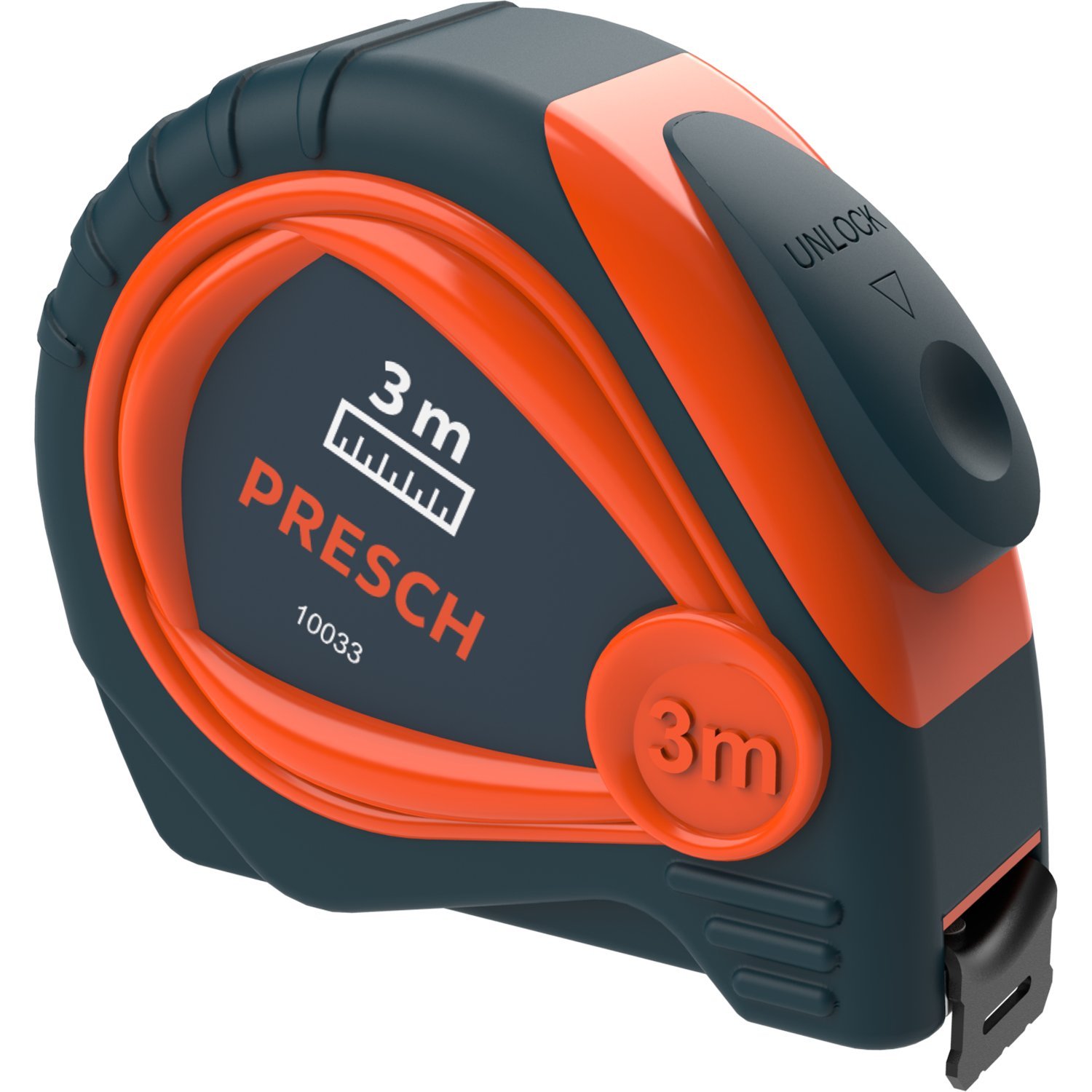 Advanced Techniques in Testing
Advanced Techniques in Testing
For those seeking a more thorough evaluation, advanced testing techniques can provide deeper insights into a tape measure’s performance and durability.
Tensile Strength Testing
Tensile strength testing assesses the tape measure’s resistance to stretching and deformation under tension. By applying consistent force, you can determine how well the tape maintains its length and integrity. High tensile strength indicates a tape measure that can endure rigorous use without compromising accuracy.
Environmental Resistance Testing
Environmental resistance testing evaluates how well the tape measure withstands various environmental conditions, such as moisture, temperature fluctuations, and UV exposure. This testing is particularly important for tape measures used in outdoor or industrial settings, where they are exposed to harsh elements. A tape measure that performs well under such conditions is more versatile and reliable.
Precision Testing in Different Scenarios
Precision testing involves measuring different types of objects and surfaces to assess the tape measure’s versatility. This includes measuring flat surfaces, curved edges, and irregular shapes. By testing in diverse scenarios, you can evaluate the tape measure’s adaptability and ensure it meets your specific measurement needs.
Longevity Testing
Longevity testing examines how the tape measure performs over extended periods and prolonged use. By repeatedly using and testing the tape measure, you can observe any wear and tear that may affect its accuracy and functionality. Longevity testing provides valuable information about the tape measure’s durability and long-term reliability.
Selecting the Right Tape Measure Based on Test Results
After conducting a comprehensive tape measure test, selecting the right tape measure involves analyzing the test results and aligning them with your specific needs.
For Precision Tasks
If your projects demand high precision, such as tailoring or detailed crafting, a tape measure that excels in accuracy and flexibility is essential. Fiberglass or cloth tape measures, which performed well in flexibility and precision tests, are ideal choices for these tasks.
For Heavy-Duty Projects
For construction or industrial applications, durability and resistance to harsh conditions are paramount. Metal tape measures, particularly steel tapes that passed tensile and environmental resistance tests, are suitable for heavy-duty use.
For Versatile Use
If you require a versatile tape measure that can handle a variety of tasks, including both indoor and outdoor measurements, a combination of metal and fiberglass tapes offers the best balance of durability and flexibility.
For Technological Integration
For those who prefer modern tools with digital features, digital tape measures that performed well in precision and usability tests are recommended. These tapes provide accurate digital readings and are convenient for users who appreciate electronic displays.
 Conclusion
Conclusion
In the realm of measurement tools, conducting a tape measure test is indispensable for ensuring accuracy, reliability, and durability. Whether you are engaged in construction, tailoring, or DIY projects, the performance of your tape measure directly impacts the quality of your work. By understanding the key criteria, following systematic testing procedures, and recognizing common issues, you can select a tape measure that perfectly aligns with your needs. Regular testing and maintenance further enhance the tool’s longevity, making it a dependable asset in all your measurement endeavors. Invest time in conducting thorough tape measure tests, and experience the difference that precision and reliability bring to your projects.
